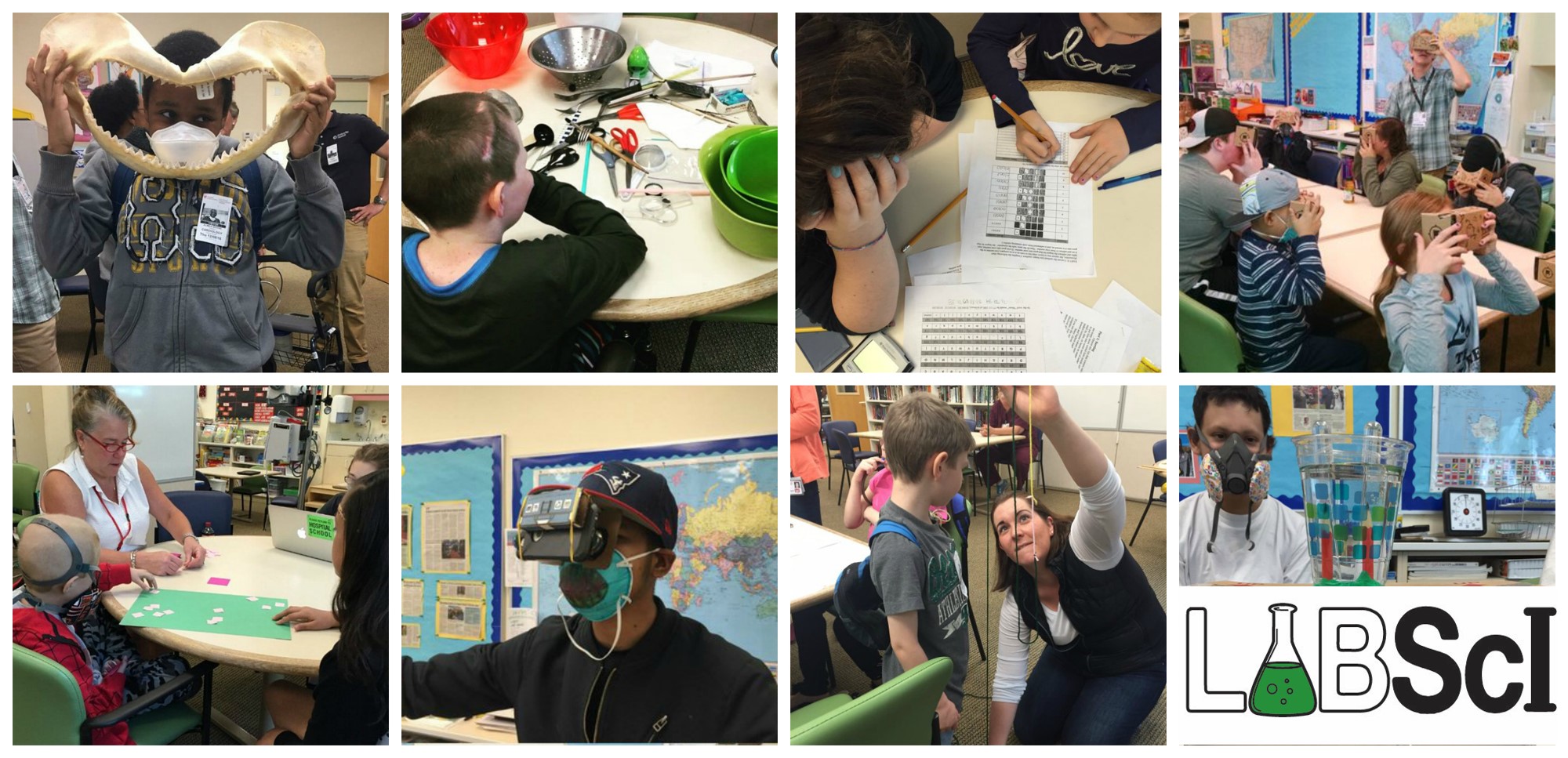Freezing point depression describes the process where the temperature at which a liquid freezes is lowered by adding another compound. It depends only on the number of dissolved particles in solution. This is known as a colligative property. For example, water freezes at 0°C, but when a solute such as salt or sugar is added to a solvent (water), the freezing point decreases. In order to see the freezing point depression of saltwater and how it changes with varying amounts of solute concentration, you will use 5 cups with water and varying amounts of salt and measure each individual temperature. Then, using the volume of the water and the volume of the solute, you will find the concentration of the solution expressed in molality. In the second part of the lab, you will use two freezer bags to observe how readily water freezes when surrounded by saltwater.
Download the labs!
Student Version
Student Advanced Version
Teacher Version
Recommended Prerequisites:
- None!
Key Concepts:
- A solution is a mixture composed of two or more substances. In a solution, the solute dissolves into another substance, referred to as the solvent.
- A solution’s colligative properties refer to the number of dissolved particles contained in the solution and are not dependent on the identity of the solutes.
- A solution’s concentration refers to the amount of solute mixed in with the solvent (e.g.10% saline solution).
-
Molality is the number of moles of solute per kilogram of solvent and can be expressed in the following equation:
Moles of solute (mol) / Mass of solvent (kg) = Molality of solution (mol/kg)
- When water freezes, energy is released in the form of heat. This is why ice has a lower temperature than water. When ice melts, energy is absorbed, increasing the temperature.
Materials:
Part 1
- 5 foam cups
- Water
- Ice
- Salt
- Sugar
- Thermometer
- 100mL graduated cylinder
- Measuring cup
- 1 tablespoon and teaspoon
- Access to the Periodic Table of Elements
- Stirring rod
-
Strainer
- Graph paper (if available)
Part 2
- 1 gallon freezer bag
- 1 quart freezer bag
- 1 cup
- Crushed ice
- Salt
- Gloves or towel
